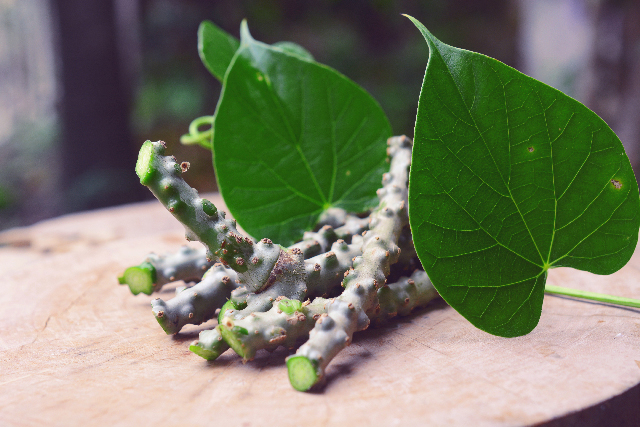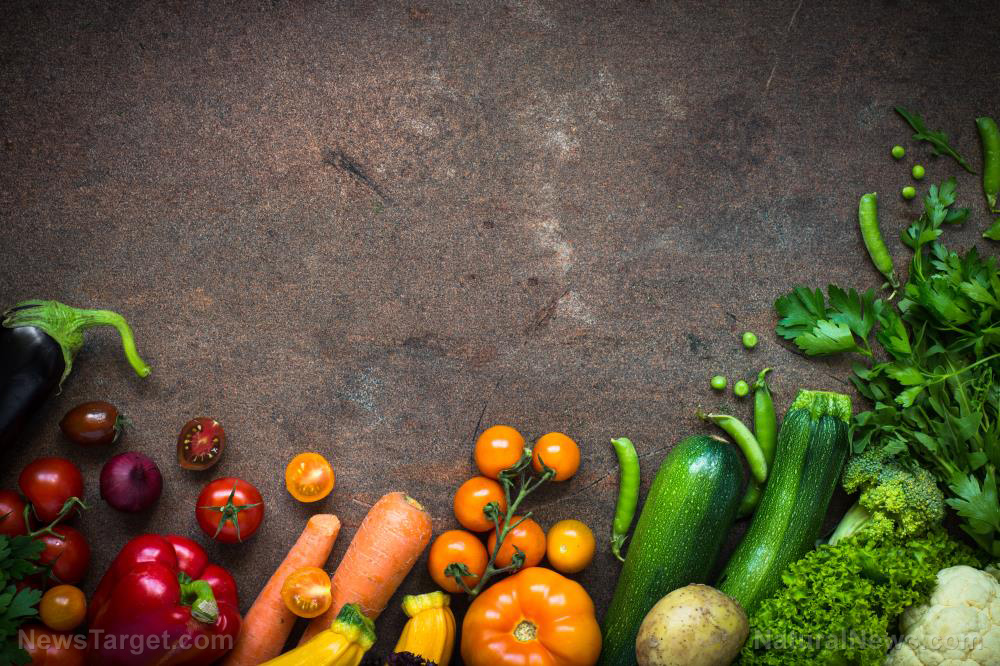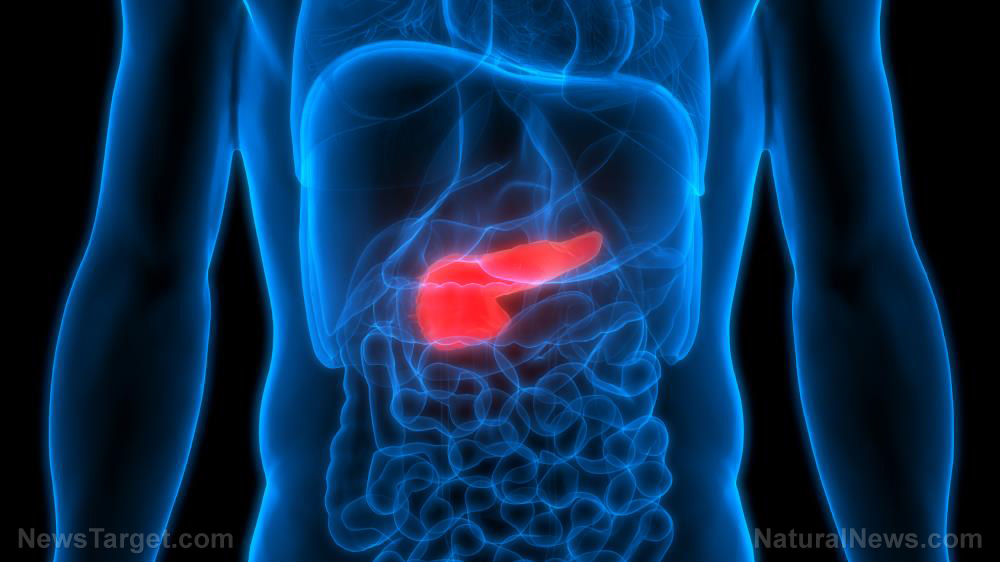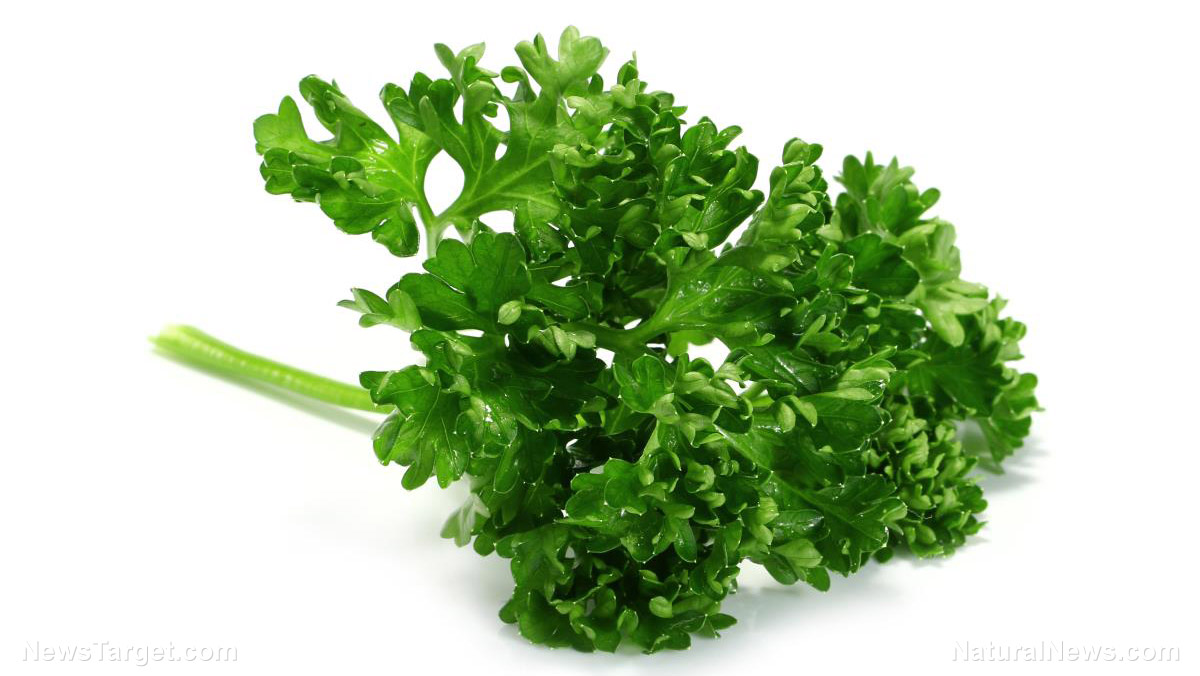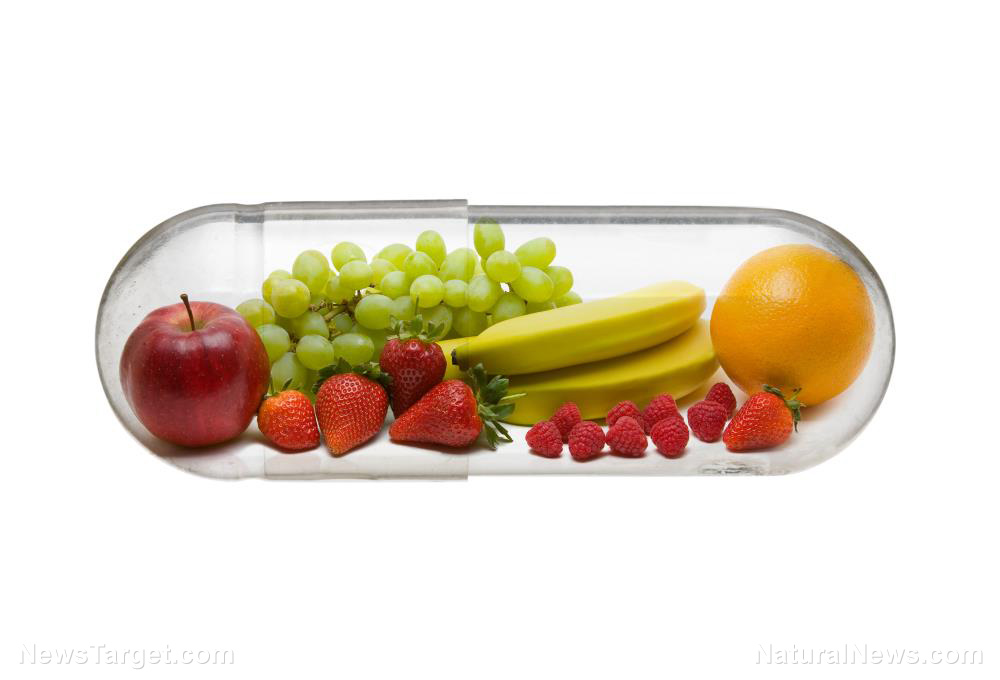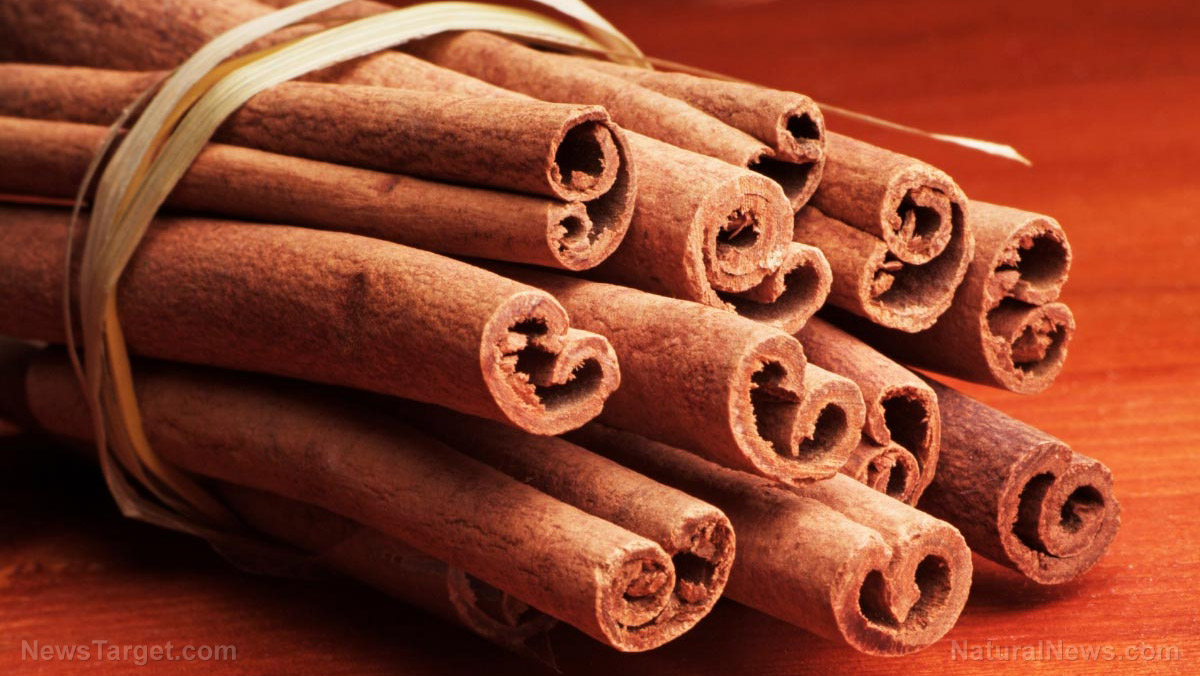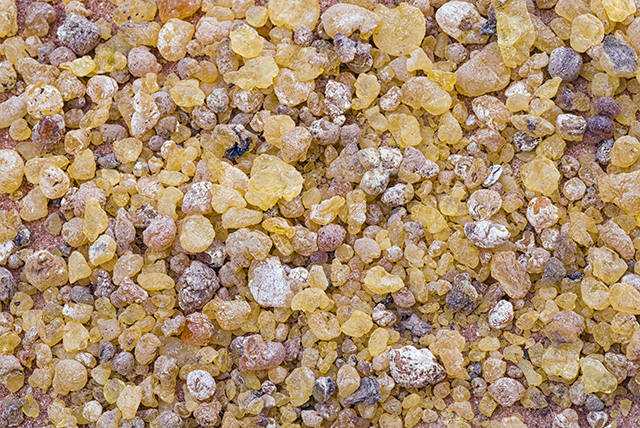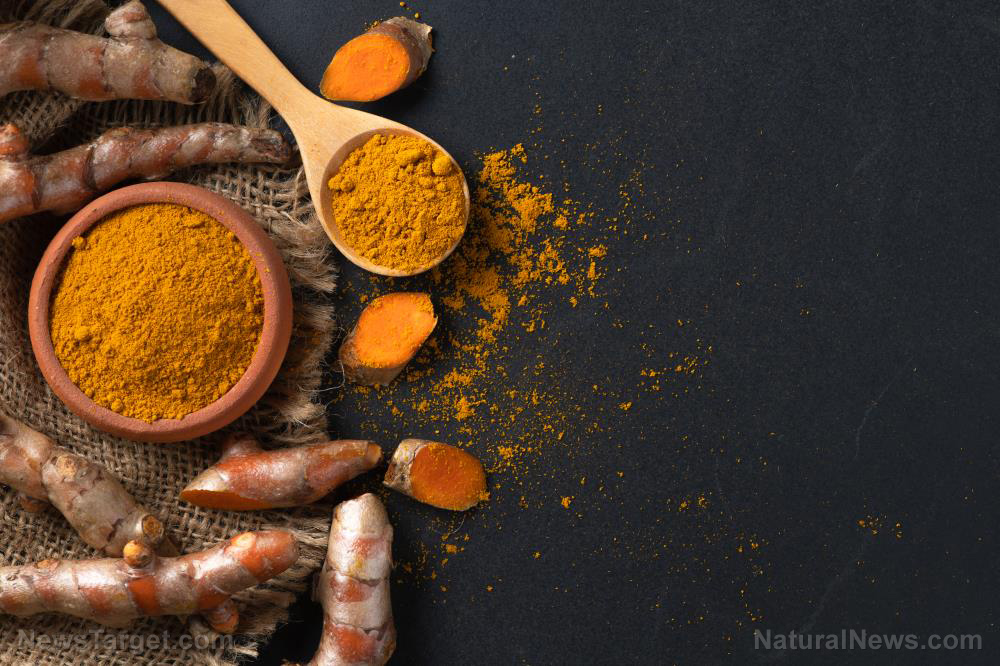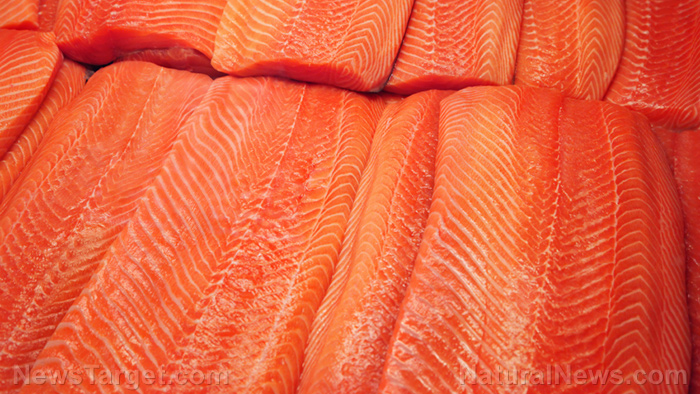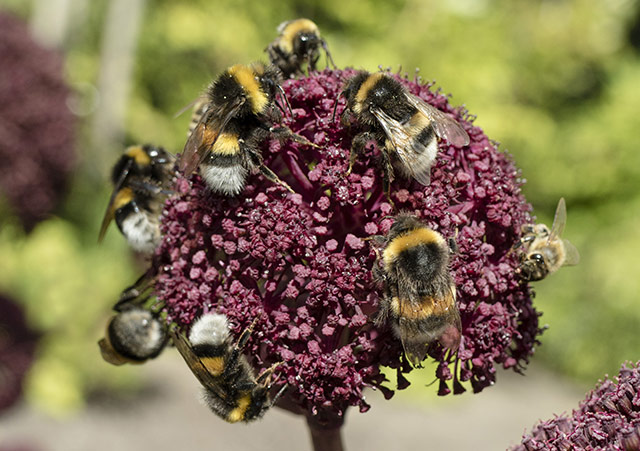Beloved by the Japanese, horseradish could hold the key to the cure for cancer
07/14/2018 / By Isabelle Z.
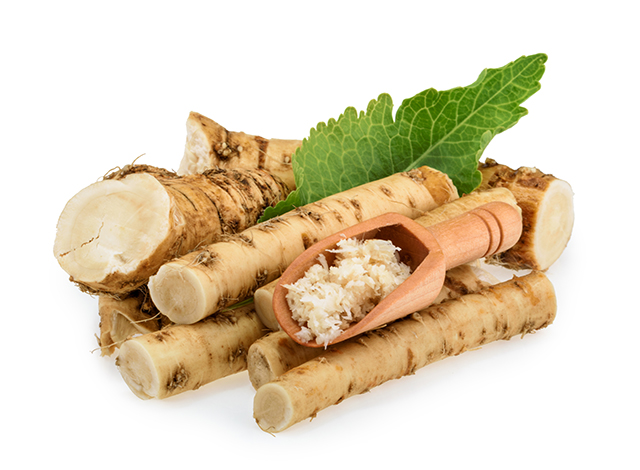
Horseradish might not be something you eat every day, but there’s a good chance you’re familiar with its pungent flavor. While it may not enjoy tremendous popularity in the Western World, it could make a name for itself in the natural health realm as scientists have shown its incredible cancer-fighting ability.
What is it about horseradish that could prove so valuable in fighting cancer? Experts say it’s the glucosinolates found inside the plant that are responsible for its capabilities. These cancer-fighting compounds can help to detoxify and get rid of cancer-causing free radicals.
Scientists from the University of Illinois College of Agricultural, Consumer and Environmental Sciences (ACES) identified and quantified these glucosinolates, and they found that horseradish has 10 times the amount of them that broccoli does. In the newest study, they decided to take it one step further and look for the products of glucosinolate hydrolysis. This activates the enzymes responsible for detoxifying the cancer-causing molecules.
After comparing the activity of these products among 11 different strains of horseradish, they found that the higher-grade variety known as U.S. Fancy have significantly higher amounts of glucosinolates than the U.S. No. 1 varieties. They also noted differences among the varieties in terms of glucosinolate hydrolysis product concentrations.
A crop scientist from the University of Illinois, Mosbah Kushad, explained why the study was groundbreaking, stating: “We knew horseradish had health benefits, but in this study, we were able to link it to the activation of certain detoxifying enzymes for the first time.”
The hydrolyzed form of the glucosinolate sinigrin has also been shown to suppress cancerous tumor growth, affecting organs like the pancreas, liver and intestine. It also reduces levels of lipids in the blood, which means it could help to lower high triglyceride levels.
Horseradish has been used as natural medicine for thousands of years
The researchers report that as much as 90 percent of horseradish’s beneficial compounds are absorbed when people ingest it. Perhaps that helps explain why it has been used as a natural cure since the time of the ancient Romans and Greeks, who used it topically for issues like backaches, muscle pain, and menstrual cramps. They took it internally for cough relief and as an aphrodisiac. It has also been used throughout the years to treat scurvy, asthma, colic and toothaches.
These days, horseradish is still used in natural medicine for a host of ailments, and it’s the active ingredient in the urinary antiseptic drug Rasapen. It has been approved by German authorities as an ingredient in respiratory tract infection medications.
This hardy perennial is native to western Asia and southeastern Europe, but it’s grown throughout the world now. Easy to cultivate and care for, it contains minerals like calcium, magnesium, phosphorous and potassium. It’s rich in vitamin C and it contains minimal amounts of fat and calories. It also boasts a heavy load of antioxidants, which means it can give your immune system a nice boost.
It has a pungent flavor, so it’s a great way to add some excitement to otherwise bland dishes. It pairs particularly well with foods like roasts, salads, soups, and sauces. It is also often consumed as part of horseradish sauce, which contains the grated plant mixed with distilled vinegar. If you’re looking to add it to your diet, keep in mind that cooking it can deplete much of its nutritional value.
Read Food.news for daily headlines on food science and food cures.
Sources for this article include:
Tagged Under: anitcancer, cancer, food is medicine, glucosinolates, Horseradish, ingredients, natural cures, natural medicine, natural remedies, nutrition


